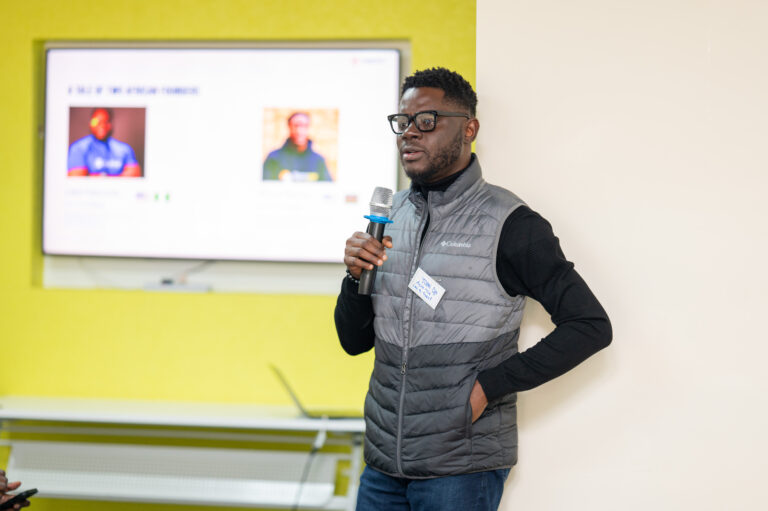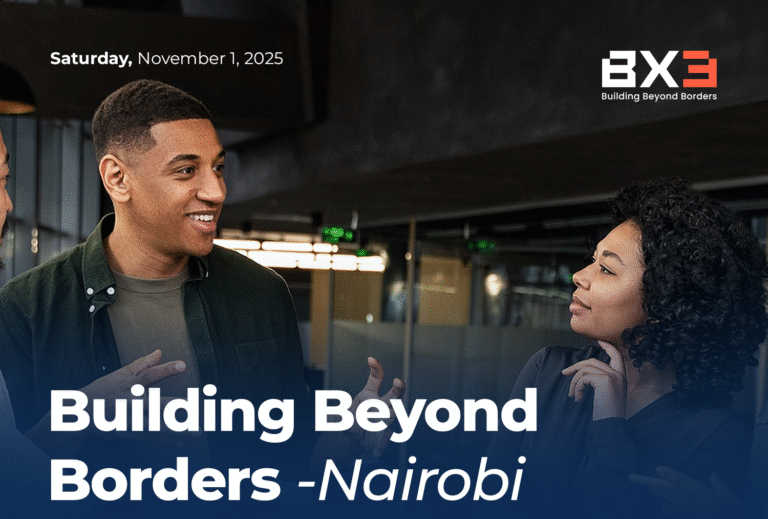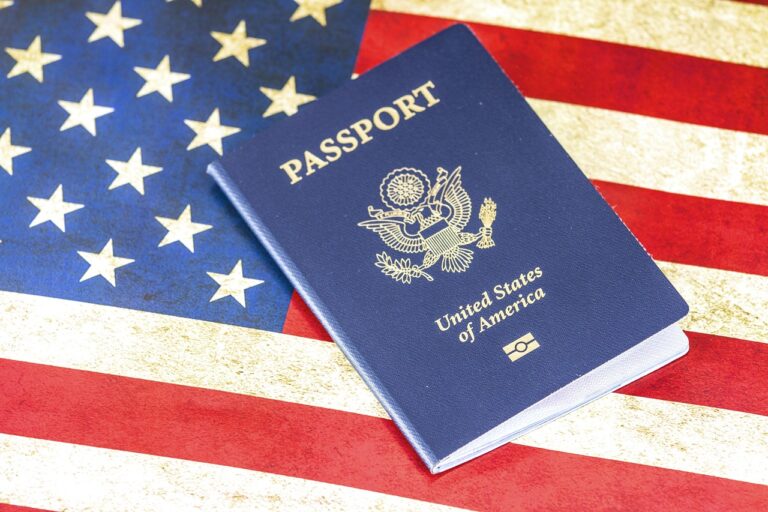The H-1B visa remains a cornerstone for many skilled professionals seeking employment in the United States. With the fiscal year 2026 approaching, understanding the upcoming cap’s implications is essential for both employers and prospective applicants. In this comprehensive guide, we untangle the complexities surrounding the H-1B visa cap for FY2026, helping you navigate the application process with ease.
The Significance of the H-1B Visa
The H-1B visa program is a sought-after route for foreign professionals specializing in fields like technology, engineering, and finance, to secure employment in the U.S. This non-immigrant visa allows companies to employ foreign workers in specialty occupations for a specified period, contributing significantly to the U.S. economy by filling crucial skill gaps.
Understanding the H-1B Visa Cap
Each fiscal year, a set number of H-1B visas are available, creating an annual cap that limits the number of new petitions. For FY2026, the baseline allocation is 65,000 visas, with an additional 20,000 reserved for applicants holding a U.S. master’s degree or higher. Knowing these figures is paramount to ensure timely submission and to increase the chances of securing a spot.
Filing Timelines and Process for FY2026
The application process for the H-1B visa is rigorous and bound by strict timelines. The filing period typically begins six months before the start of the fiscal year, making early March a critical period for submissions. Employers must file petitions within this window to be considered, emphasizing the need for advanced preparation and strategic timing.
Prerequisites for Filing
- A job offer from a U.S. employer in a specialty occupation.
- The applicant must possess at least a bachelor’s degree or its equivalent in the relevant field.
- The employer and candidate must establish the need for the specific skills being brought in.
Navigating the Lottery System
Due to high demand, the H-1B visa allocations are often distributed via a lottery system when applications exceed the caps. This system underscores the importance of thorough preparation to ensure all documentation is complete and submitted accurately, enhancing the chances of selection.
Key Changes and What to Expect for FY2026
While the fundamental structure of the H-1B visa remains, FY2026 may see procedural adjustments based on policy shifts or legislative changes. Keeping abreast of any updates from the U.S. Citizenship and Immigration Services (USCIS) is crucial for aligning with any new rules or requirements that might arise.
Conclusion
Securing an H-1B visa for FY2026 involves navigating a complex landscape filled with deadlines and competitive processes. By understanding the visa cap, preparing ahead of time, and closely following regulations, employers and applicants alike can better position themselves for success. Stay informed and approach the application with a strategy to improve your chances of achieving your immigration goals.
About Agora Visa
Agora Visa is a global mobility platform dedicated to assisting exceptional talents, such as tech founders, startup teams, researchers, and high-achieving professionals, in securing U.S. and international talent-based visas. Our expertise encompasses pathways like the O-1, EB-1, EB-2 NIW, EB-3, and more, offering end-to-end guidance from eligibility assessment to application preparation.
With expert immigration knowledge and tools like our U.S. Talent Visa Eligibility Checker, Agora Visa empowers skilled individuals to explore their opportunities and confidently move forward without borders.





